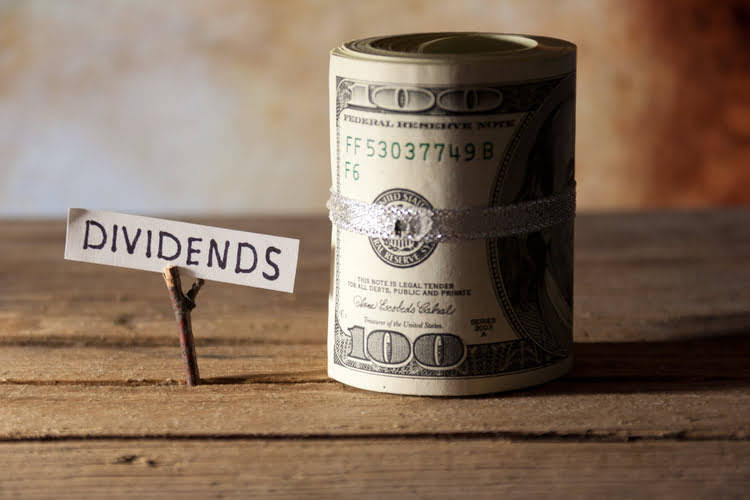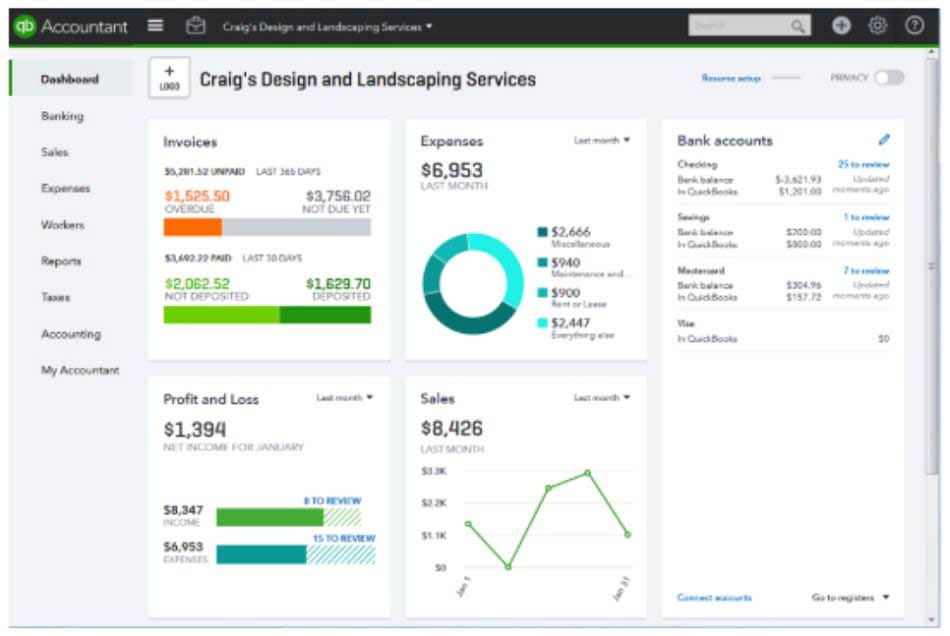
Treasury shares are outstanding shares which are repurchased by the company for its own use. Restricted shares are the shares owned by the company’s management or employees. Companies Bookkeeping for Chiropractors in different industries or at different stages of growth may have varying capital structures. Comparing total capital across companies may not always yield meaningful insights if the companies have different financing models.

Reverse Stock Split
For example, let’s say you want to calculate the weighted average number of outstanding shares for a company over two reporting periods of 6 months each. In the first 6-month reporting period, the company has 100,000 shares outstanding. In the second 6-month period, the company’s number of shares outstanding is 150,000. If the company has not bought back shares from investors and does not have treasury shares, this line item won’t show up on the balance sheet. Once you’ve located the number of treasury stocks, write it down for your calculations. On the other hand, Treasury Shares are repurchased by the company and retained in its own treasury.

Not a Comprehensive Measure of Risk
The term shares outstanding is defined as the total number of shares a company has issued to date, after subtracting the number of shares repurchased. Shares Outstanding represent all of the units of ownership issued by a company, excluding any shares repurchased by the issuer (i.e. treasury stock). Once you locate the line item for preferred stock, take note of the total number of preferred shares outstanding. Once you’ve located the company’s balance sheet, find the line item for preferred stock. Stock repurchases (stock buybacks) occur when a company purchases its shares from the market.
How a change in shares outstanding can affect crucial financial ratios
Investors who hold common stock exercise control by being able to vote on corporate policy and electing the company’s board of directors. Outstanding and treasury shares are two distinct terms relating to a company’s equity. Outstanding shares refer to the total number of shares issued and currently held by shareholders. If a company issues new shares to the public, exercises a stock split or the employees of the company redeem the stock options, the number of outstanding shares tends to increase. On the other hand, if a company buys back the shares or practices share consolidation, the number of outstanding shares decreases. In the financial landscape, outstanding shares represent the total number of shares a company has issued and is currently held by shareholders.

However, some shareholders own a considerable portion of the outstanding shares and hence have more control over the company’s decisions and outcomes. As we can see here, Apple’s basic and diluted EPS both increased year-over-year, even though their net income slightly declined. This is because they were able to decrease their shares outstanding to a greater degree than their decline in earnings. This is a great example of how share-count reductions can be an important tool for management teams to deliver value to shareholders.
- Understanding the dynamics of outstanding shares is integral to comprehending a company’s financial health and market position.
- In other terms, shares held by any market participant (Retailers, HNIs, and Institutional investors) and company insiders are called outstanding shares.
- You must follow these five steps to determine the Outstanding Shares Weighted Average.
- The term shares outstanding is defined as the total number of shares a company has issued to date, after subtracting the number of shares repurchased.
- Company A has issued 25,800 shares, offered 2,000 shares to two partners, and retained 5,500 stocks in the treasury.
These factors directly impact outstanding shares, influencing investment decisions. The number of outstanding shares is calculated by subtracting treasury stock from the shares issued. Generally, you won’t need to calculate this number yourself and it will be listed for you on a company’s 10-Q or 10-K filing. Outstanding shares equation differ from issued (Authorized) as authorized shares are the number of shares a corporation is legally allowed to issue. In contrast, outstanding stocks are the ones already issued in the market. Warrants are instruments that give the holder a right to purchase more outstanding stock from the company’s treasury.
This is an important number, since it is used to calculate the earnings per share of a publicly-held business. It is a less-commonly used number in the financial reporting of privately-held businesses. Total capital includes both debt and equity, reflecting the total financial resources a company has, while market capitalization only considers equity (stock value). Company A issues 1000 shares, out of which 400 shares are floated to the public, 400 shares are held by company insiders and 200 shares are kept in the company treasury. Here, if you think the number of outstanding shares is 800, you are right.

Outstanding Shares & P/E ratio – Direct Relationship
- Outstanding shares is the total number of shares available in the secondary market.
- But there are several other parameters that investors should analyse before investing in a company.
- In contrast, outstanding stocks are the ones already issued in the market.
- In other words, the balance sheet is a snapshot of what a company owns, what it owes, and the total amount that has been invested by shareholders.
- This represents an 11% increase in EPS, solely due to the reduction in the number of shares outstanding.
- Outstanding stocks are the shares that are actually already out on the market.
To determine the outstanding shares, you must deduct the number of repurchased or retired shares from the total number of shares issued by the company. Deferred shares (founder shares) are usually given to important people within the issuing company. Deferred shares usually gives them less power to vote and a lower priority for dividend payments than common shares or preferred shares. Companies usually issue deferred shares to raise funds without diluting the ownership or control of current shareholders. Let’s say FoodZilla Ltd got approval from its board to issue 15,000 shares in the secondary market. Total capital refers to the sum of a company’s financial resources, including adjusting entries equity, debt, and other funding sources, used to support its operations and investments.

Pay 20% upfront margin of the transaction value to trade in cash market segment. The modus operandi observed is shares outstanding formula that once a client pays amount to them, huge profits are shown in his account online inducing more investment. However, they stop responding when client demands return of amount invested and profit earned.

Recent Comments